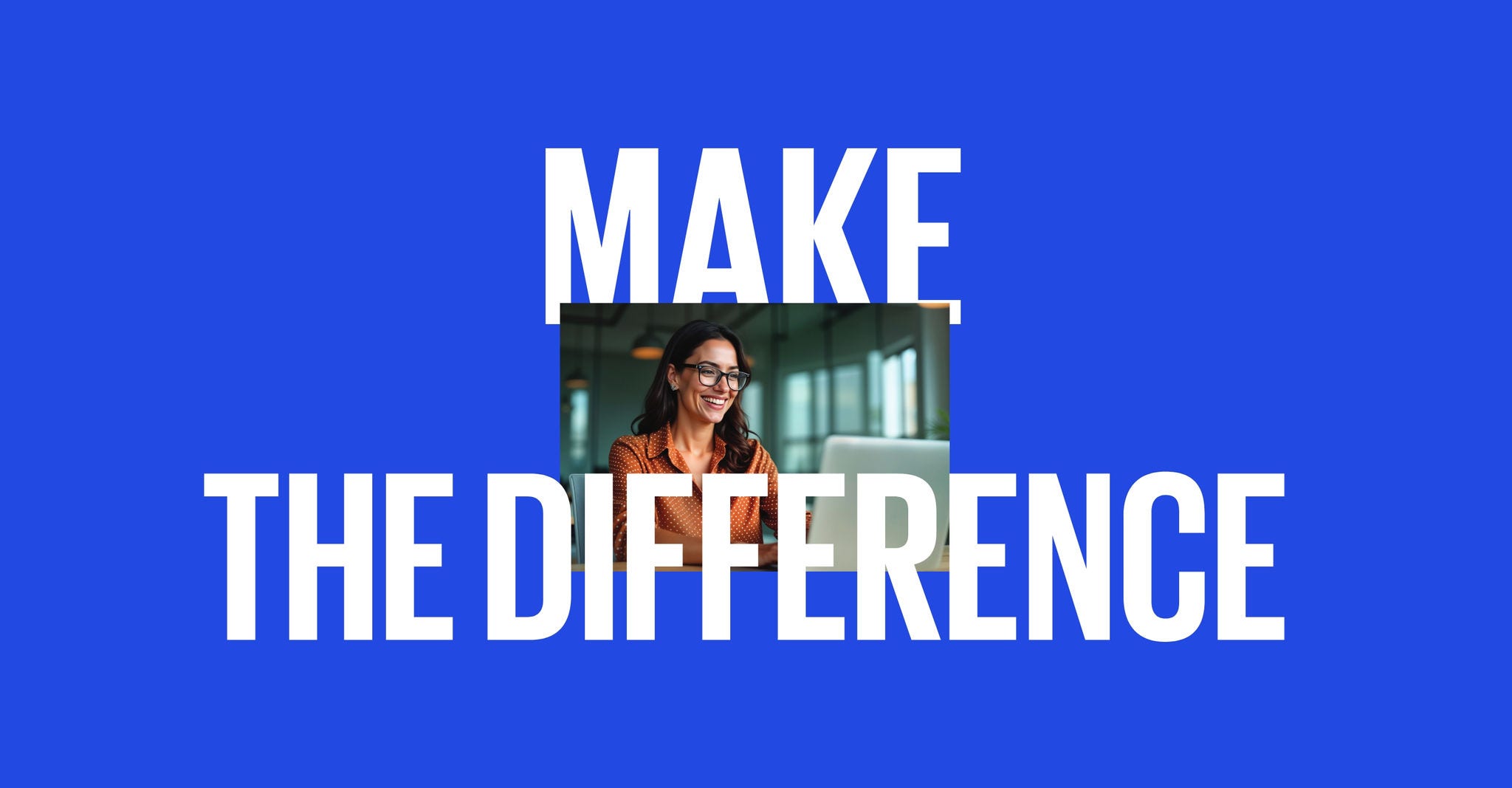The higher education sector is changing and institutions need to ensure that their IT estates keep pace with this change. To meet the evolving IT needs of students, academics, and staff, you need a clear strategy for IT success, one that is tightly aligned to objectives and target outcomes.
A connected approach to IT strategy
Moving away from monolithic transformation programmes to targeted continual improvements in the IT estate
Lancaster University launched an ambitious five year strategic plan and required an IT strategy and approach that supported targeted continual improvement to the IT estate.
Utilising our Connected Enterprise methodology we have supported the university in developing its IT strategy to enable enterprise architecture and enhance its capability to deliver its target outcomes that improve the experience of students and staff.
The outcomes
- A detailed view of the current IT estate, challenges and opportunities for improvement
- A clear strategic direction for the IT estate, a robust programme business case and an architectural blueprint to deliver against
- A programme, governance and IT operating model
- A coherent change management methodology and communications approach for delivery
How did we get to this point?
We worked in collaboration with the University to develop a 5 year forward thinking, ambitious IT strategy which focused on enterprise IT development.
1. Strategy plan | Aligning the direction of travel for IT to wider strategic vision by documenting the effectiveness of IT in supporting outcomes across 130 capability areas; identifying opportunities for evolution. |
2. Reconfiguring the target IT architecture | Analysed the findings from the IT maturity assessment and prioritised the areas for IT evolution required in the next 5 years. |
3. Roadmap
| Established an implementation plan for a target enterprise architecture that covered areas such as business capability, platforms and applications, data and integration, cloud infrastructure and network, identity and security and the IT operating model. |
4. Business case | Developed the supporting business case which embodied a five-case model approach: strategy, economic/social, financial, commercial and management. This informed the critical success factors needed for the enterprise architecture blueprint and the target IT estate blueprint. |
Our difference
Our focus and future state ambitions for the IT strategy can be summarised across 8 strategic themes:
Through the establishment of a Master Data Management discipline across the University, utilising an Enterprise Integration Platform to centralise our data into a Business Intelligence & Analytics repository enabling enhanced data insights and data driven decision making.
By evaluating each of the University's applications to identify and eliminate duplicative functionality, we will streamline our systems and achieve cost optimisation and rationalisation of our applications.
Optimising agility across the University by adding scalability, flexibility and resource optimisation through cloud enablement while focusing on reducing our carbon footprint, enhancing our security realm and supporting our sustainability targets.
By leveraging modern cloud based systems, we will make it easy for users to access our systems with a single login while bolstering security and enhancing user experience.
Optimising our ISS operating model to embed and develop the new capabilities and governance frameworks required to deliver the strategy and maximise the benefits of investing in our ISS capabilities.
Enabling a frictionless global one Lancaster experience for students, academics and staff regardless of their campus or location enabled through a connected and seamless global IT estate.
Building and embedding a human centred design approach aligned with the University's strategic needs to ensure we meet the needs of all user communities (students, academics and staff) while advancing the digital maturity of teaching, learning, research and enterprise operations.
Our IGH insights
Something went wrong
Oops!! Something went wrong, please try again
Our people

Get in touch
Discover why organisations across the UK trust KPMG to make the difference and how we can help you to do the same.






